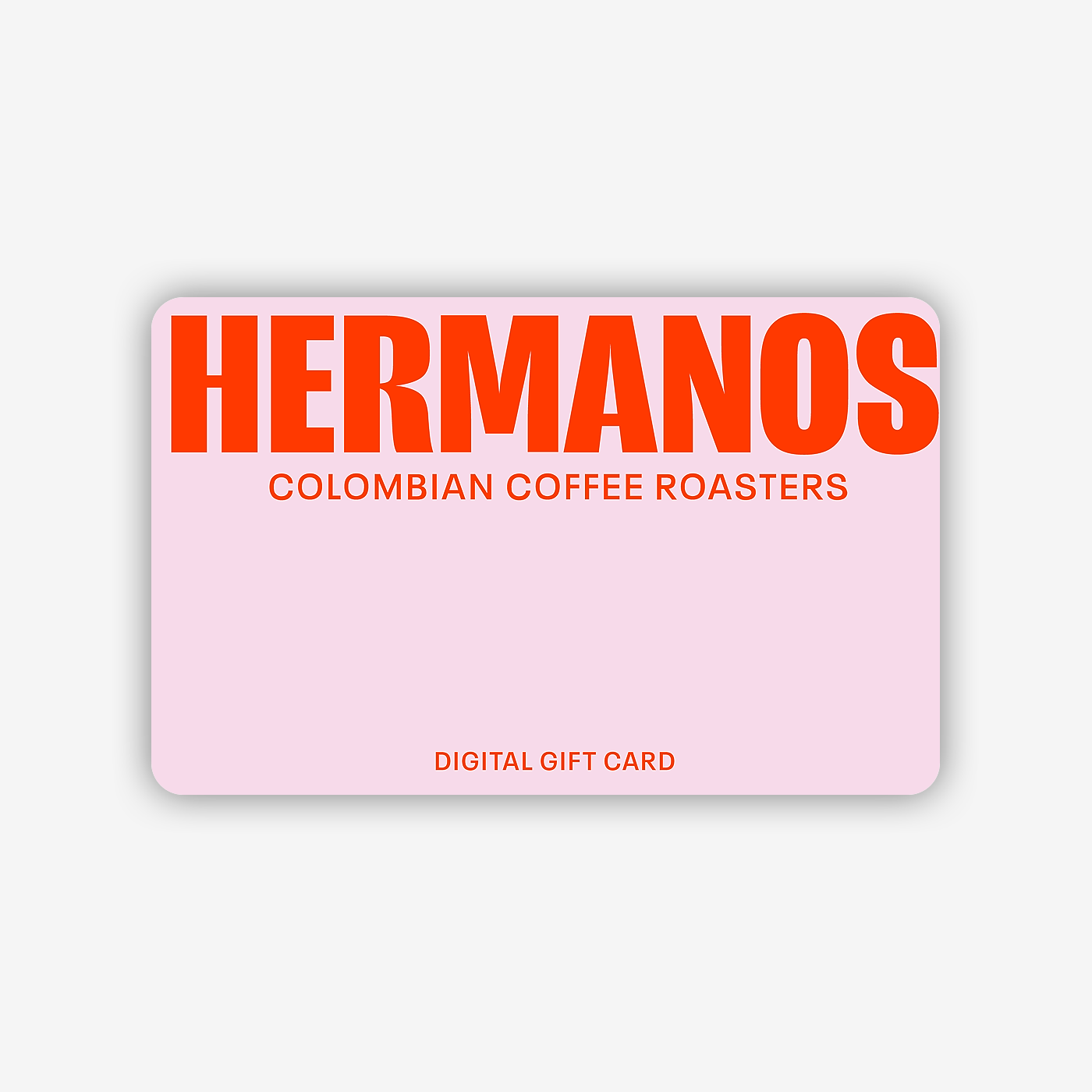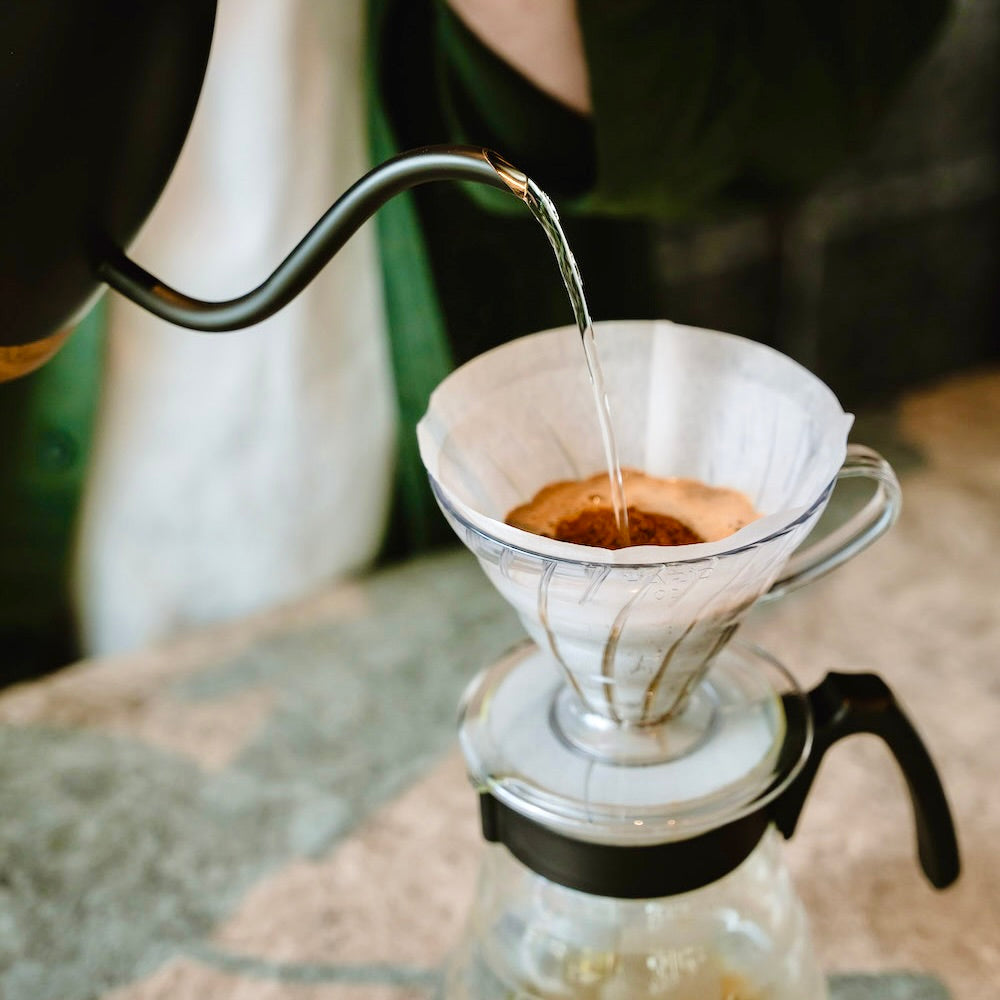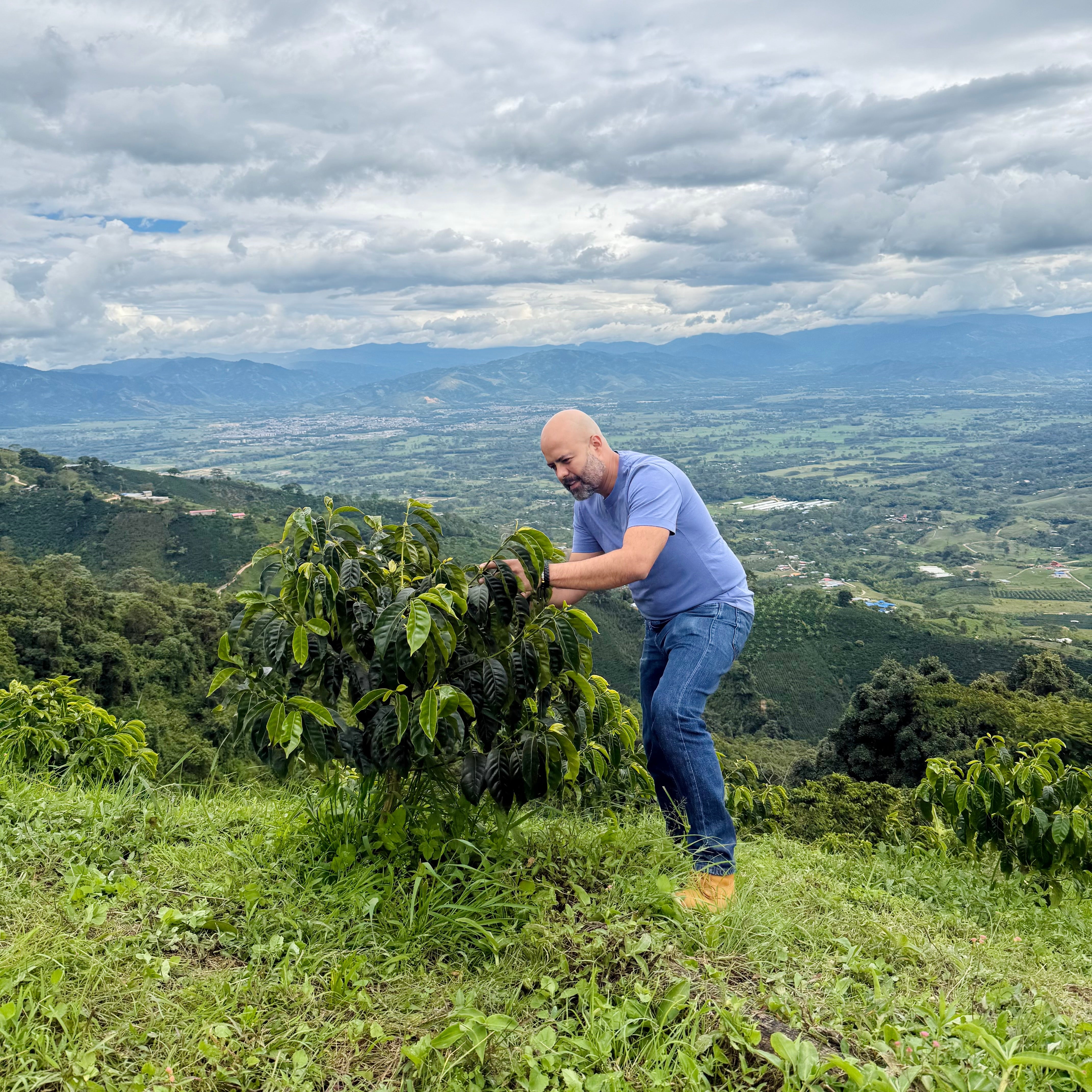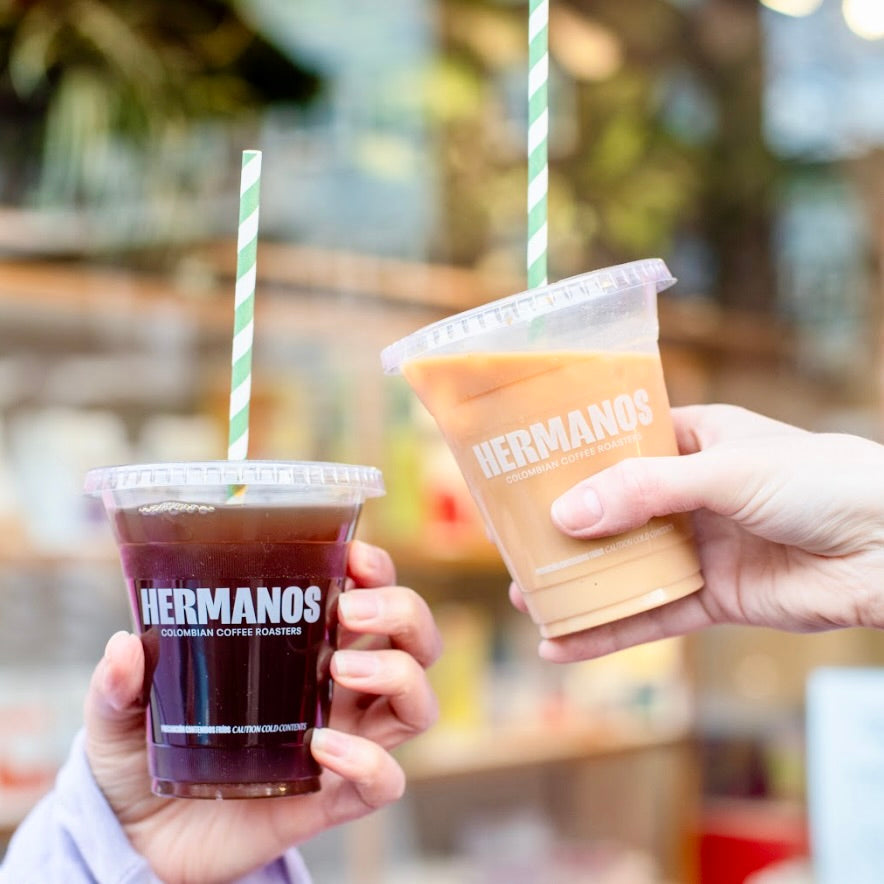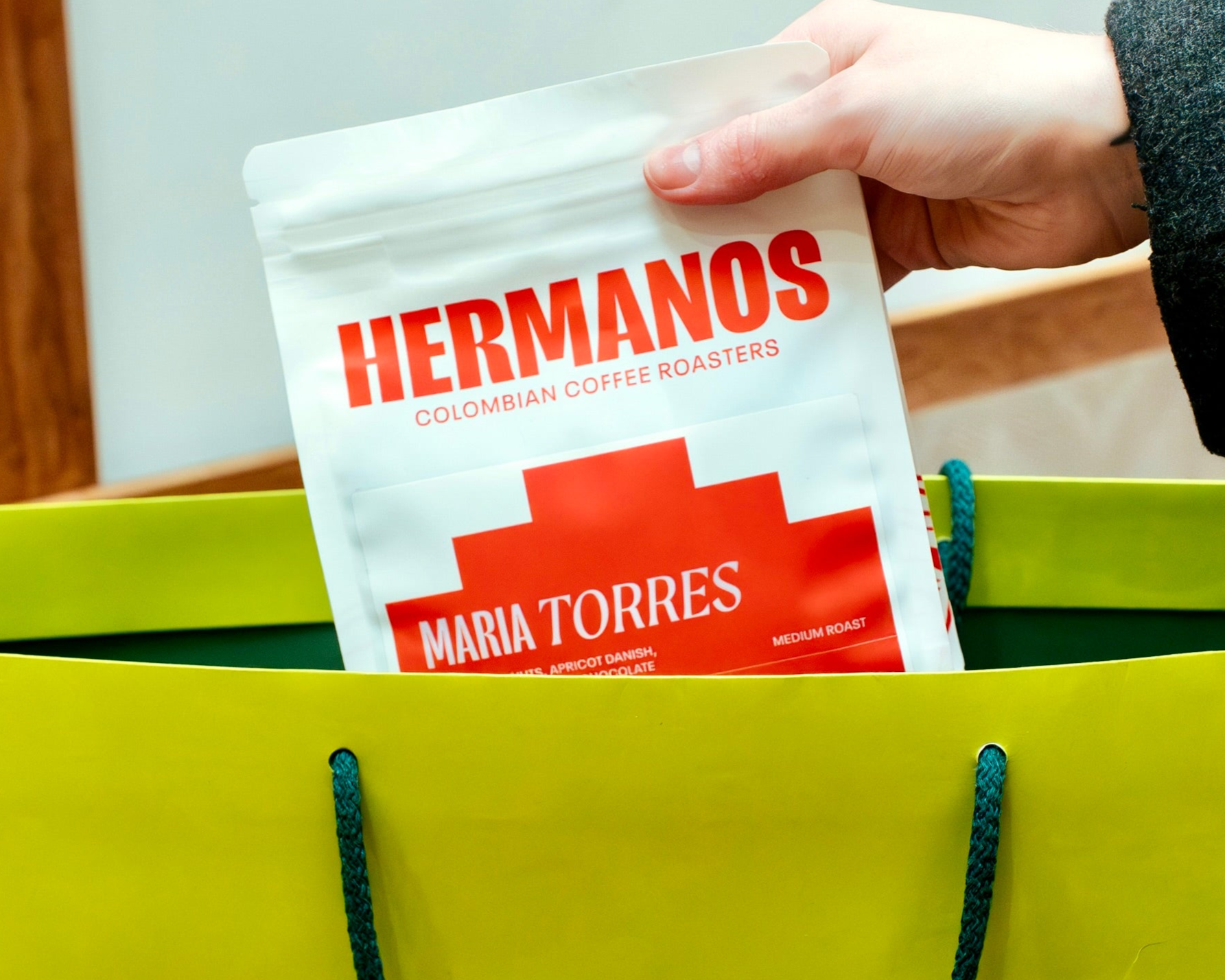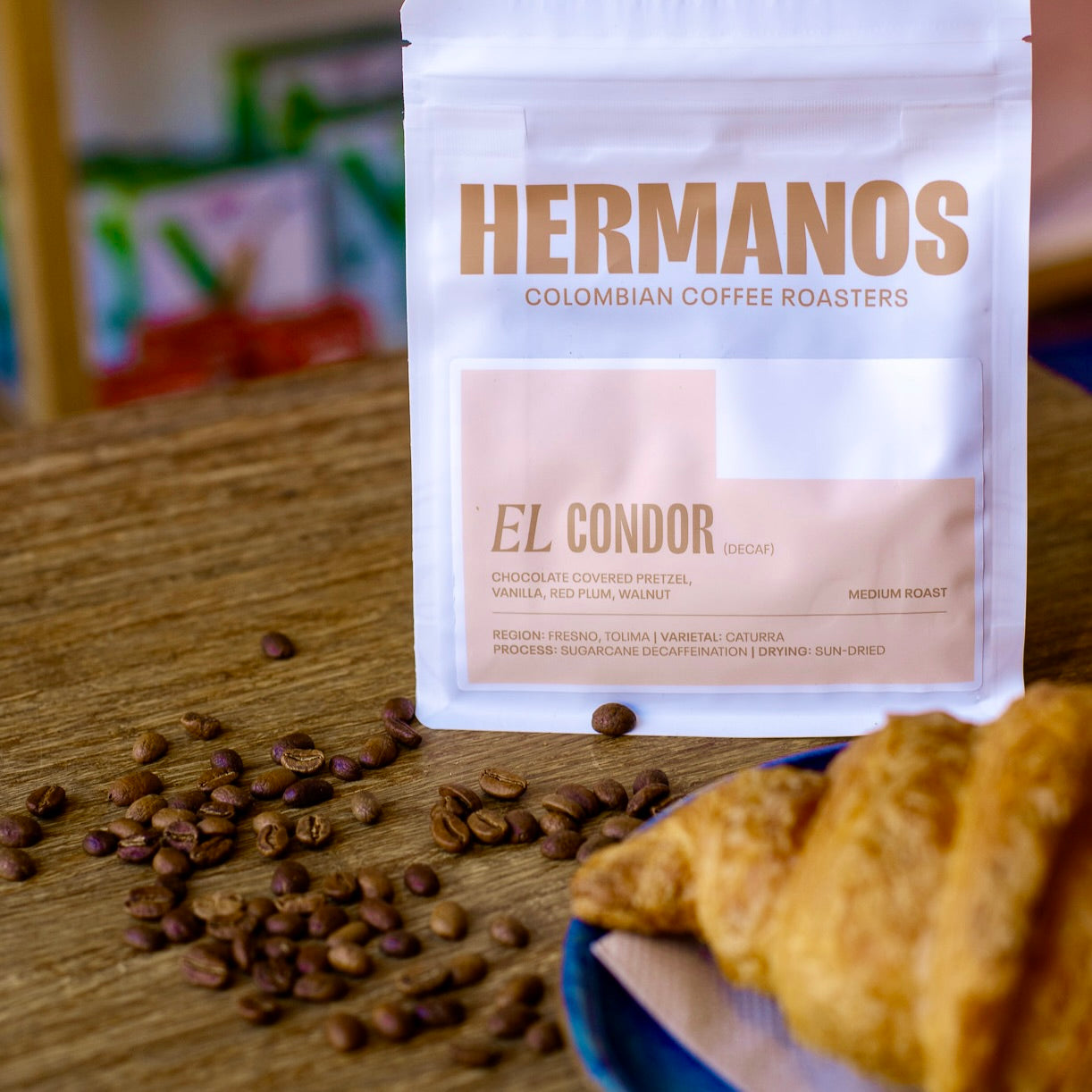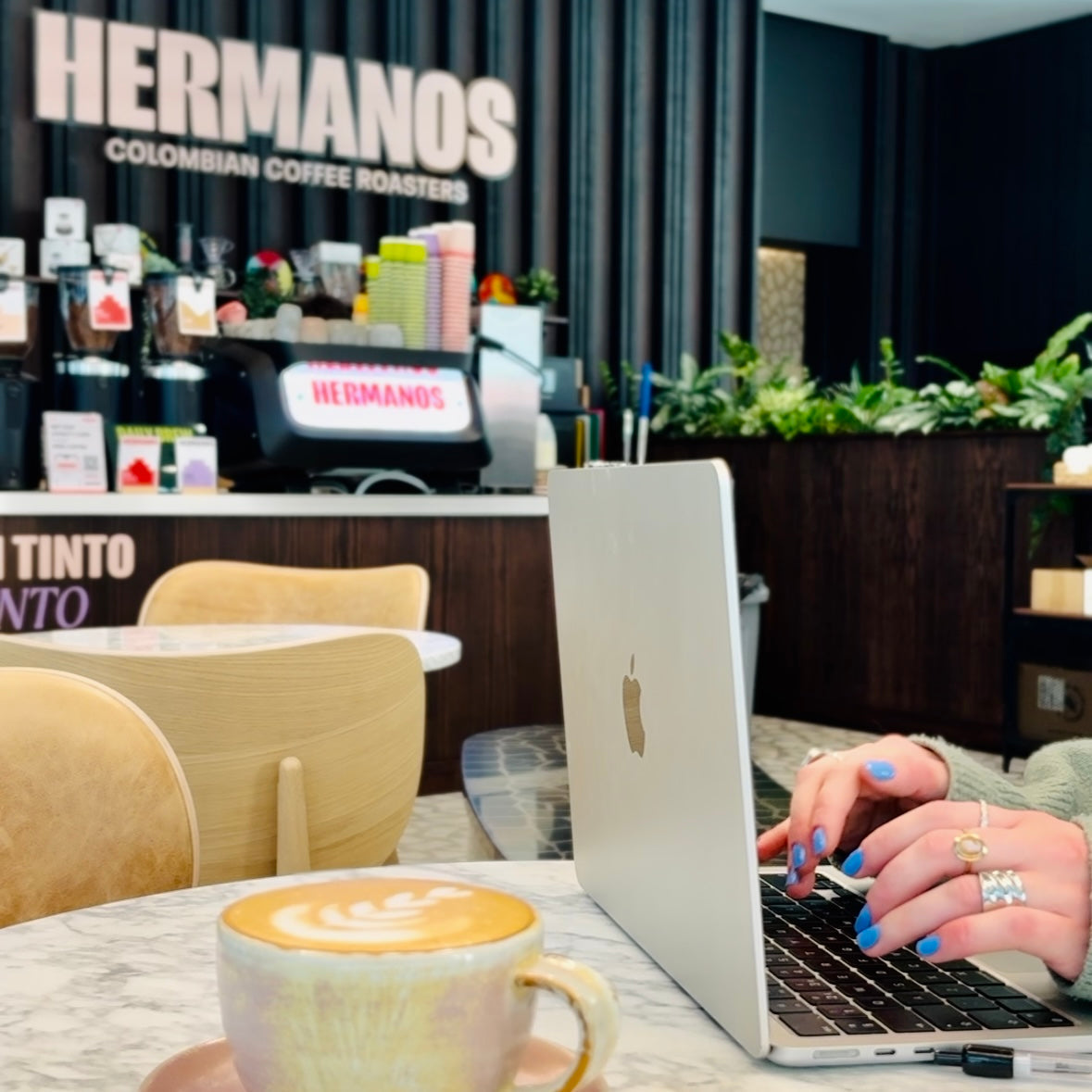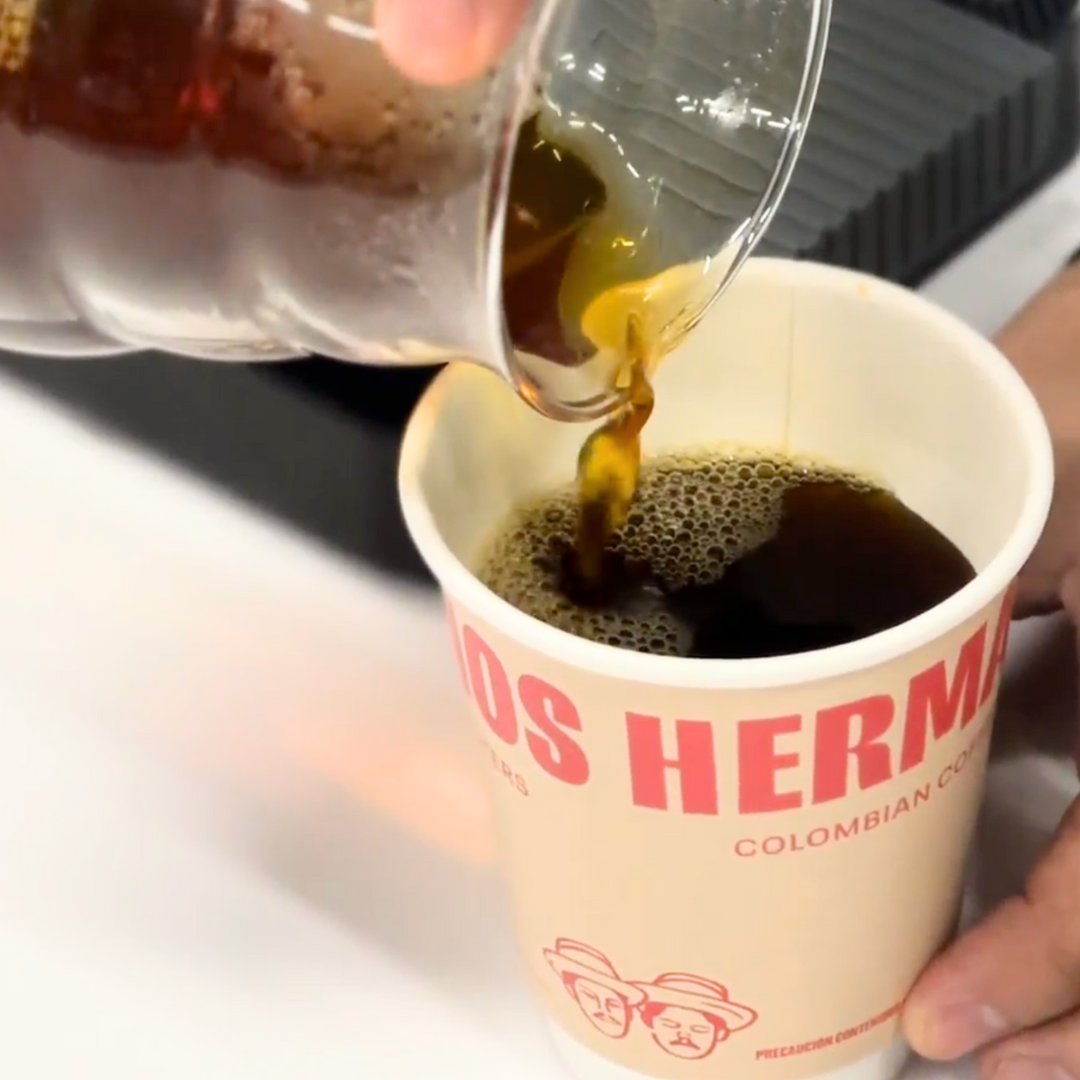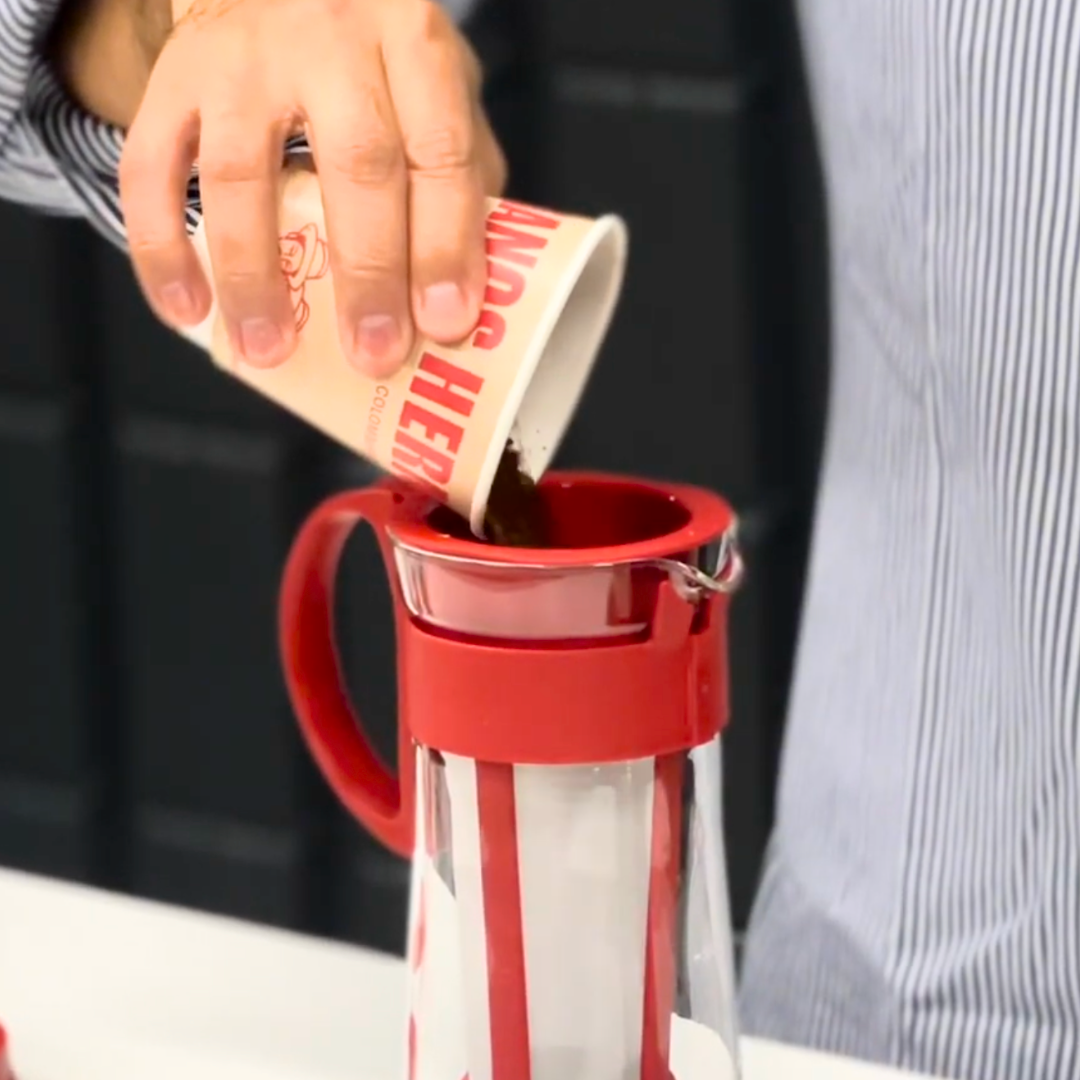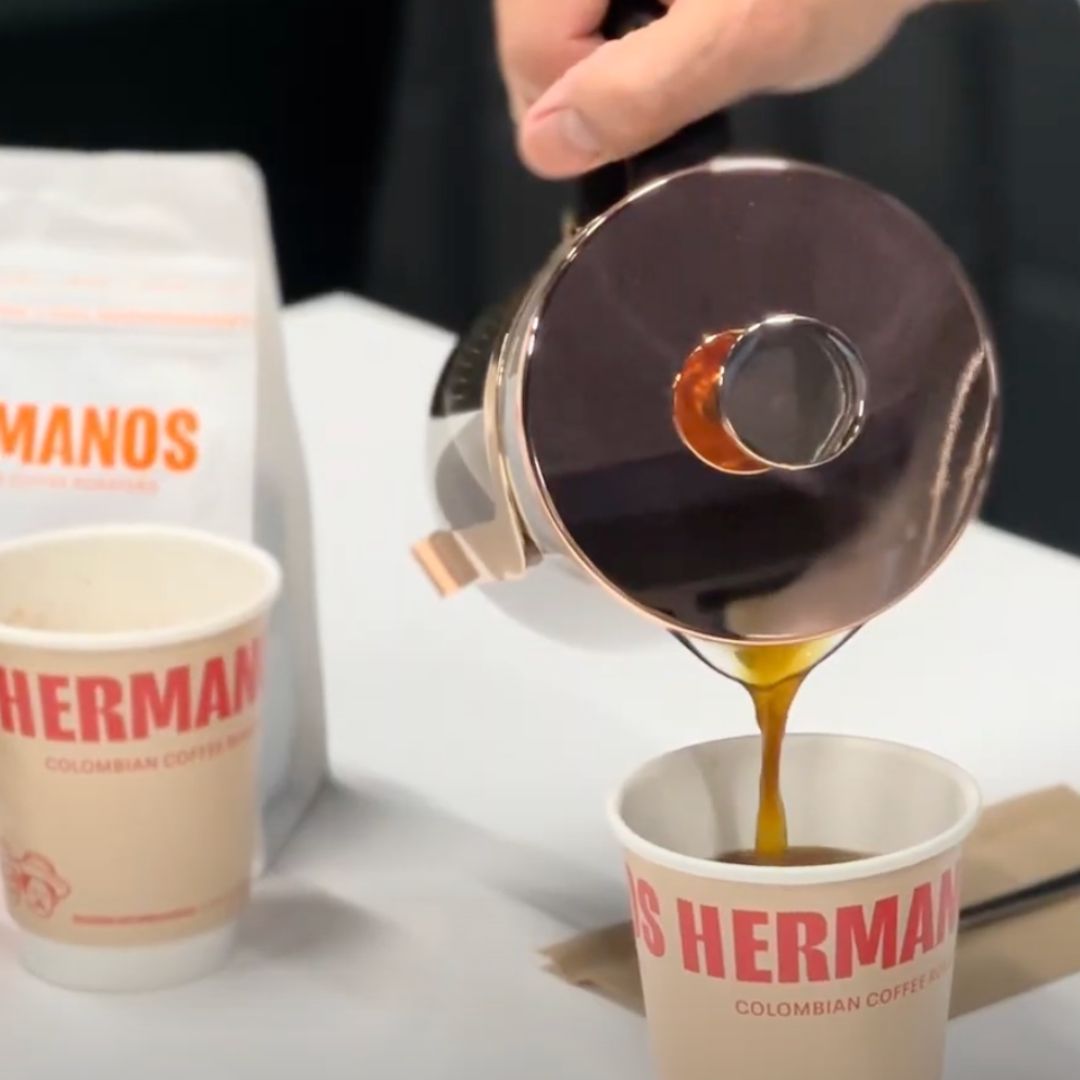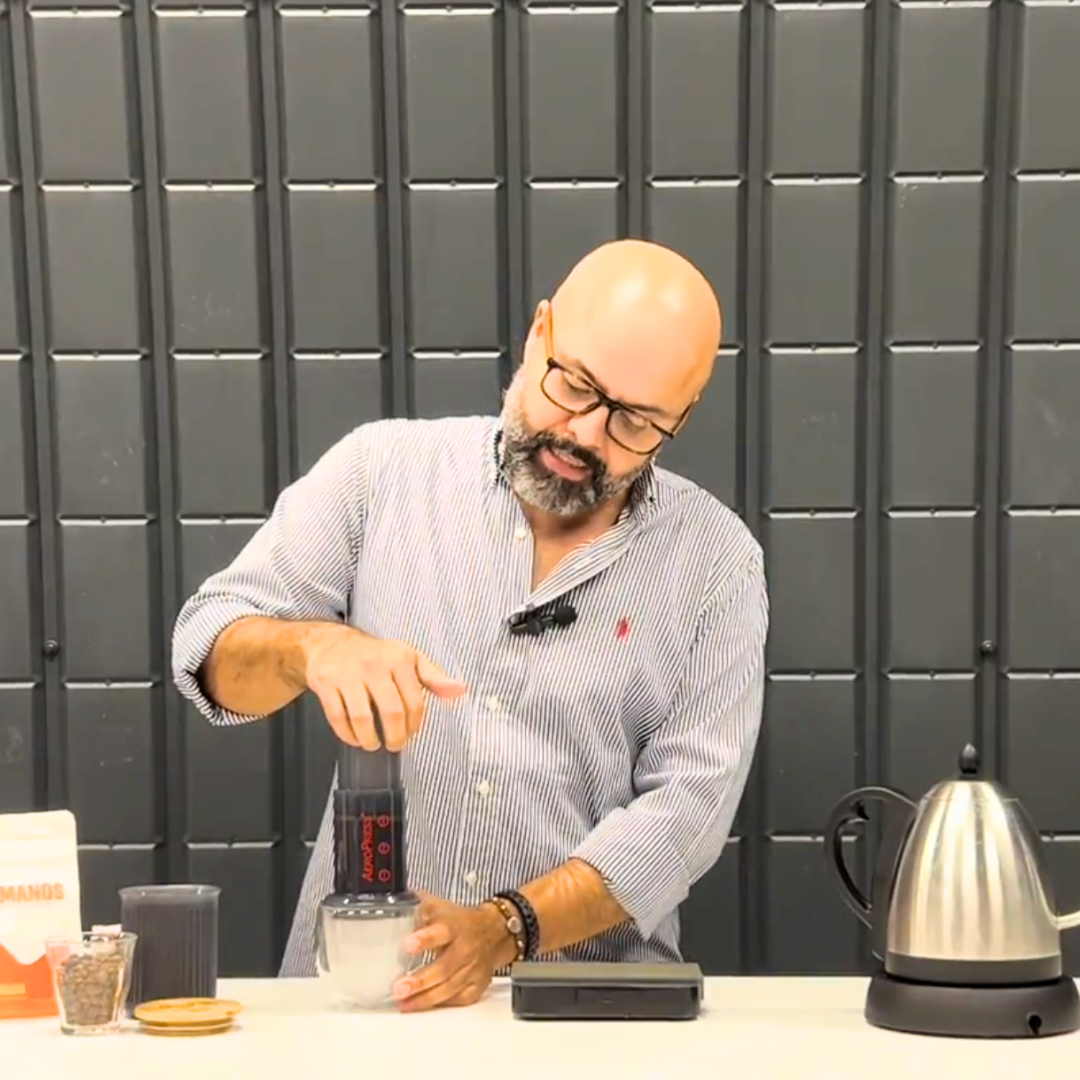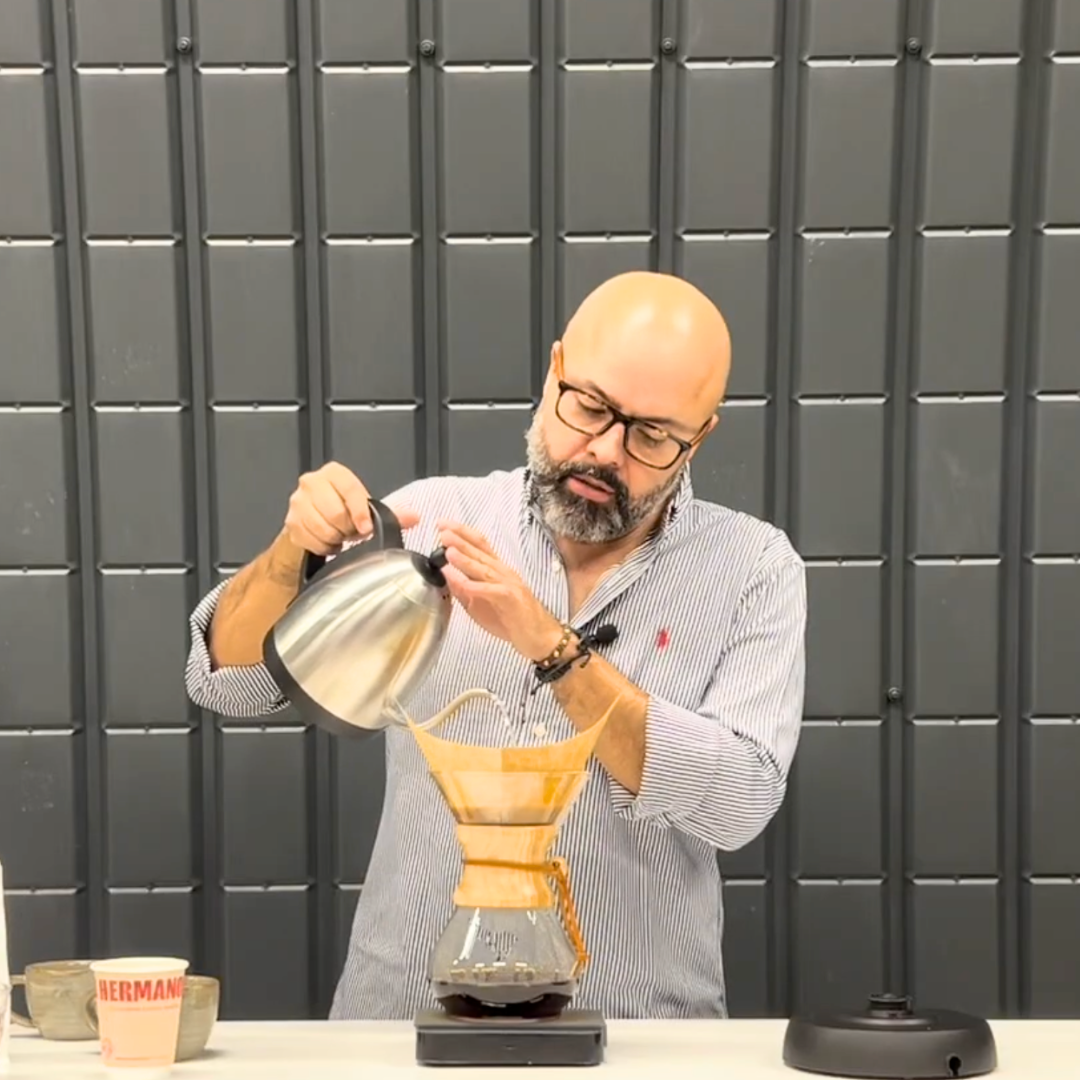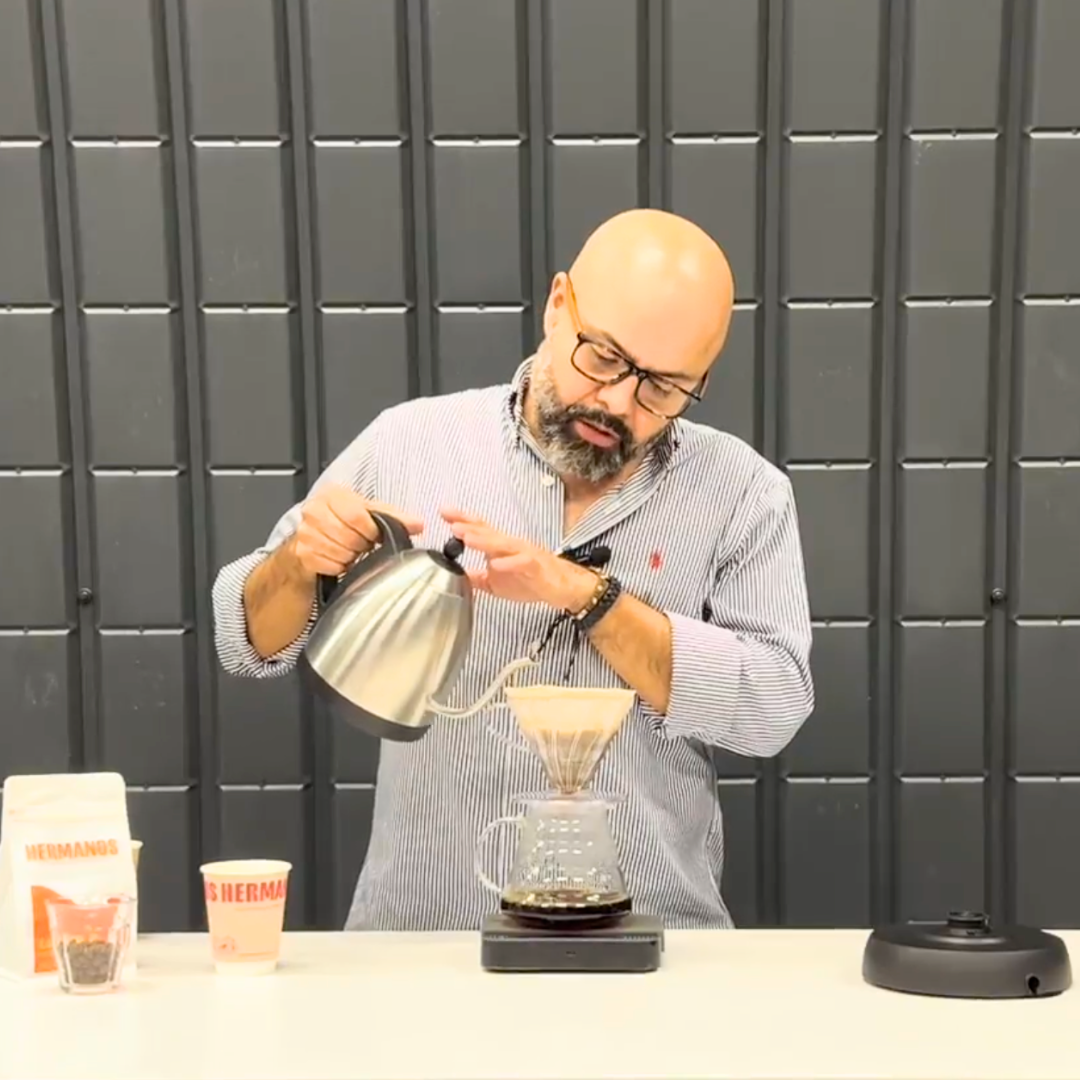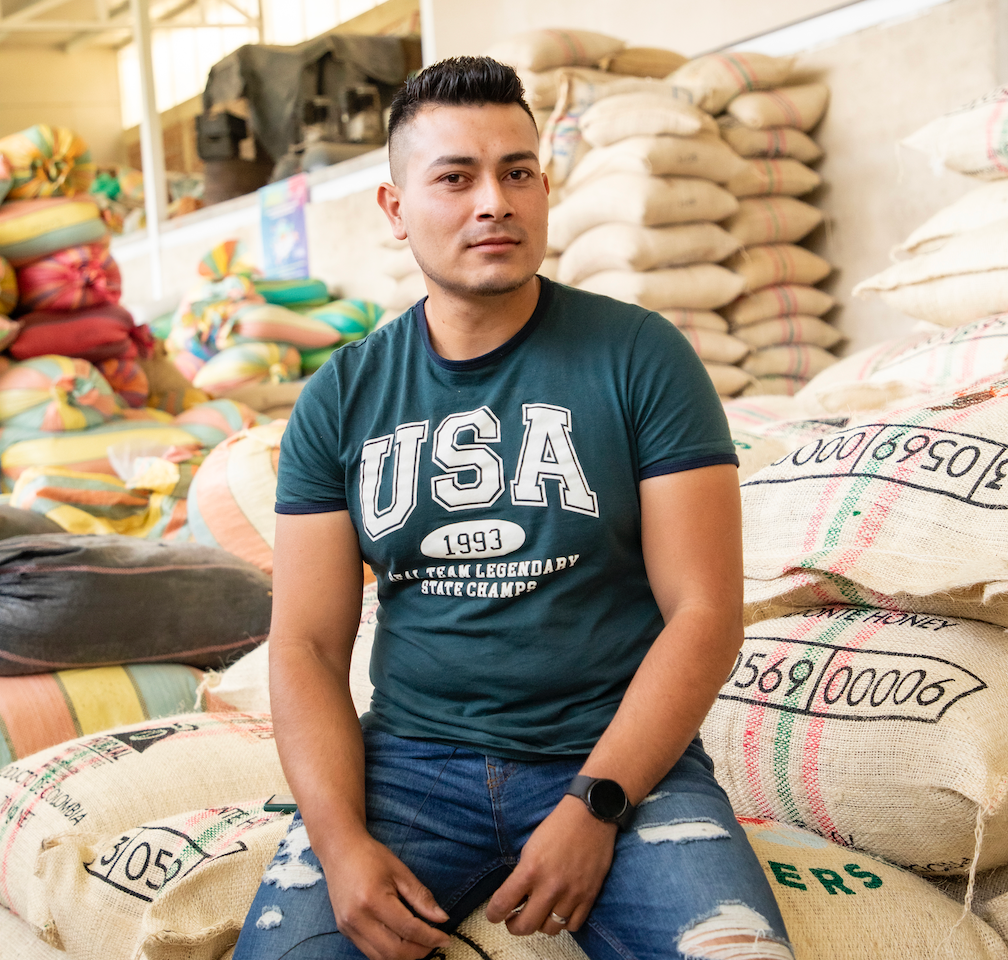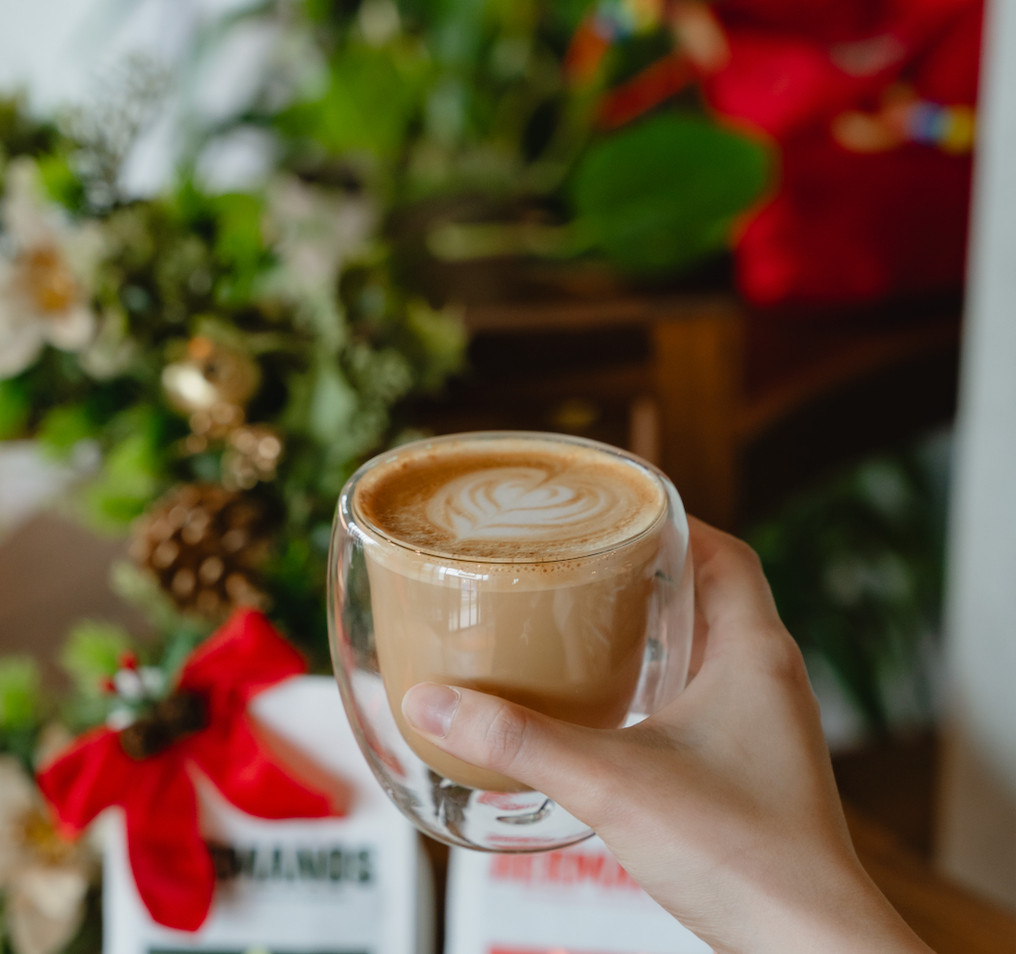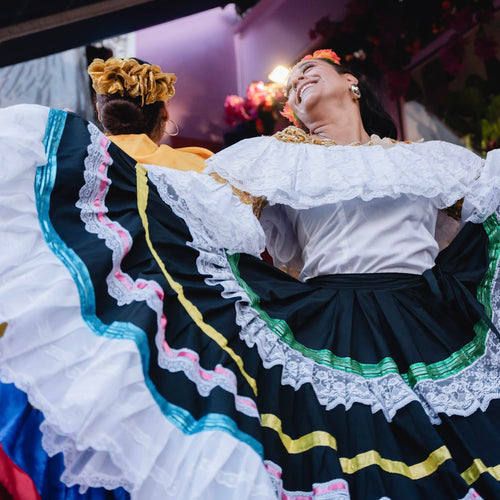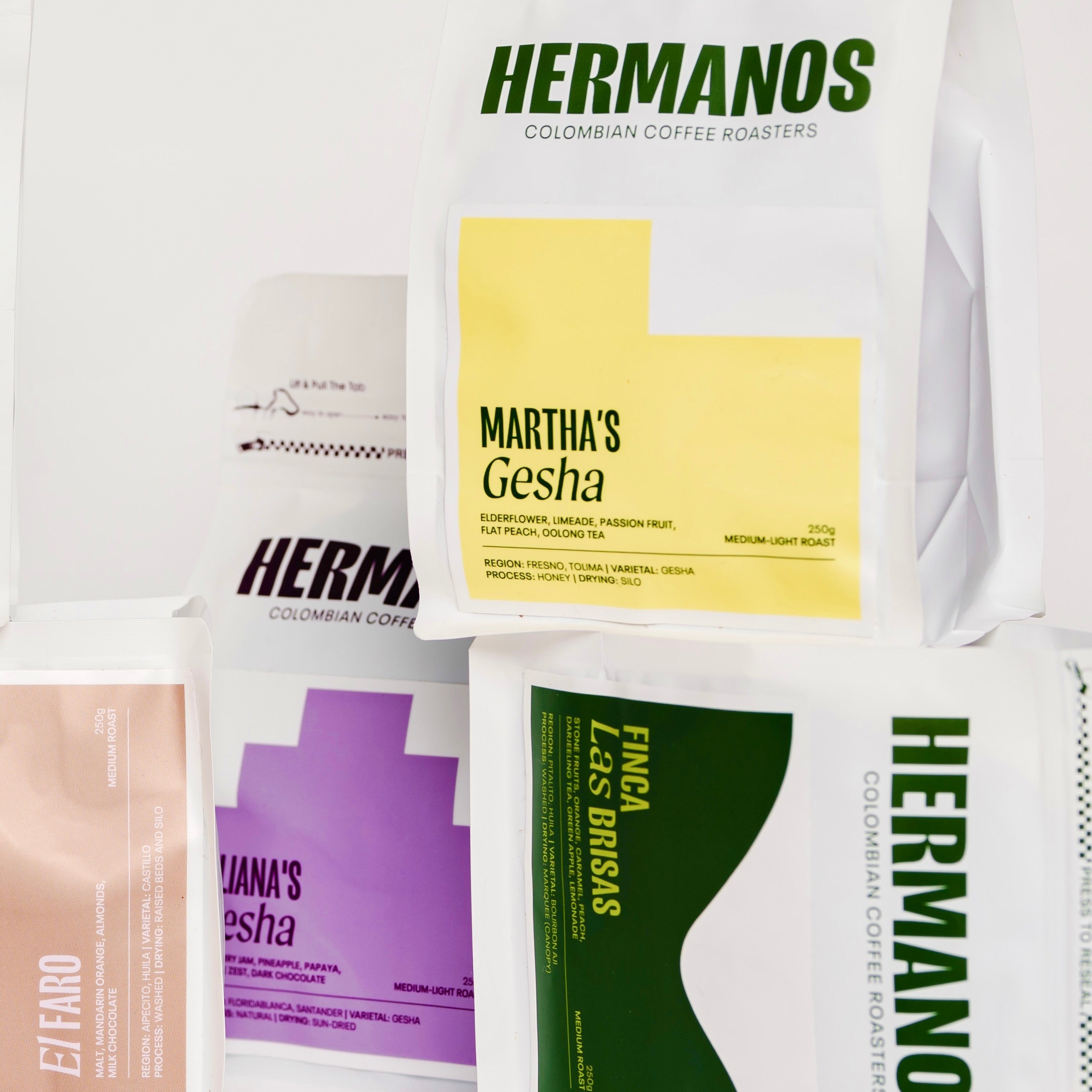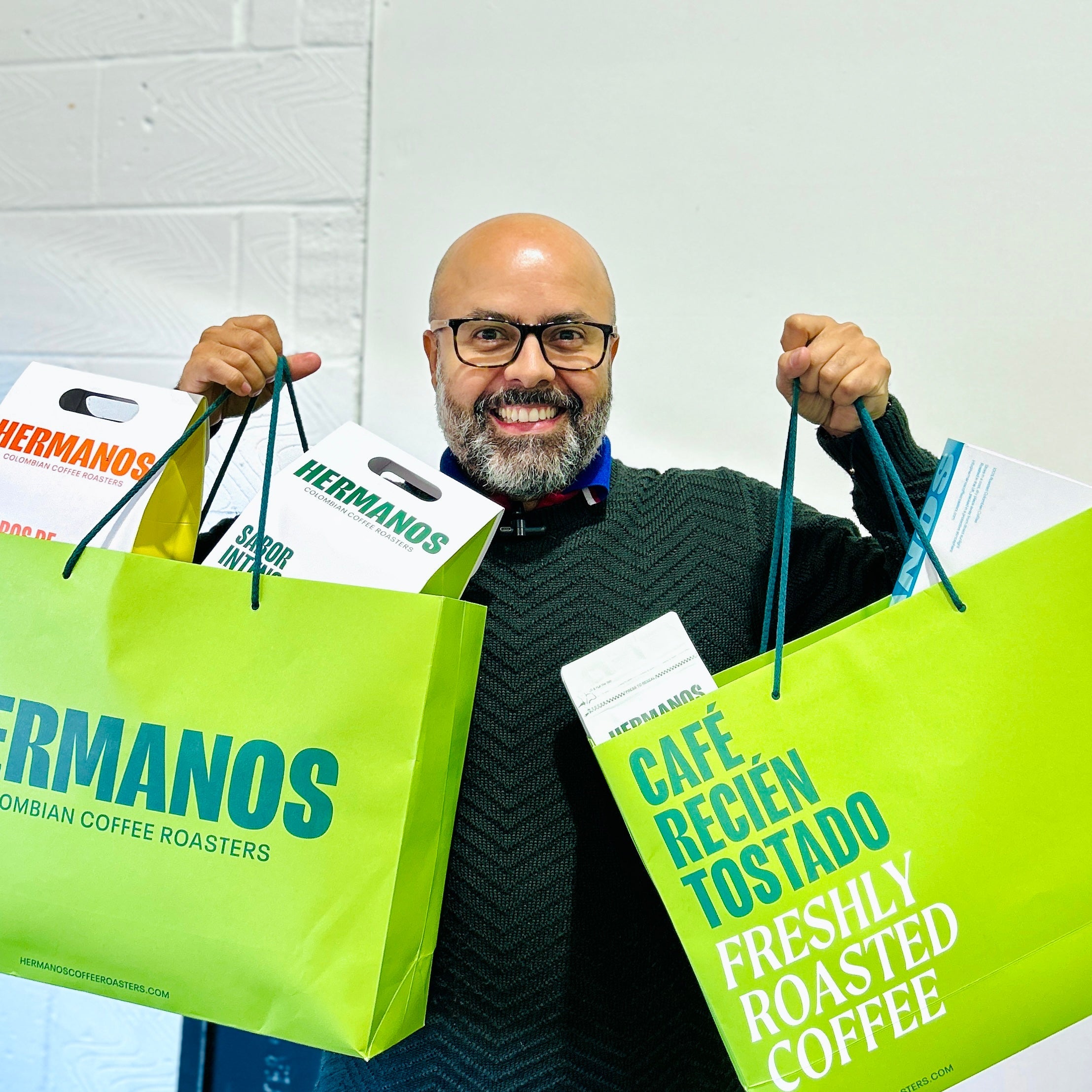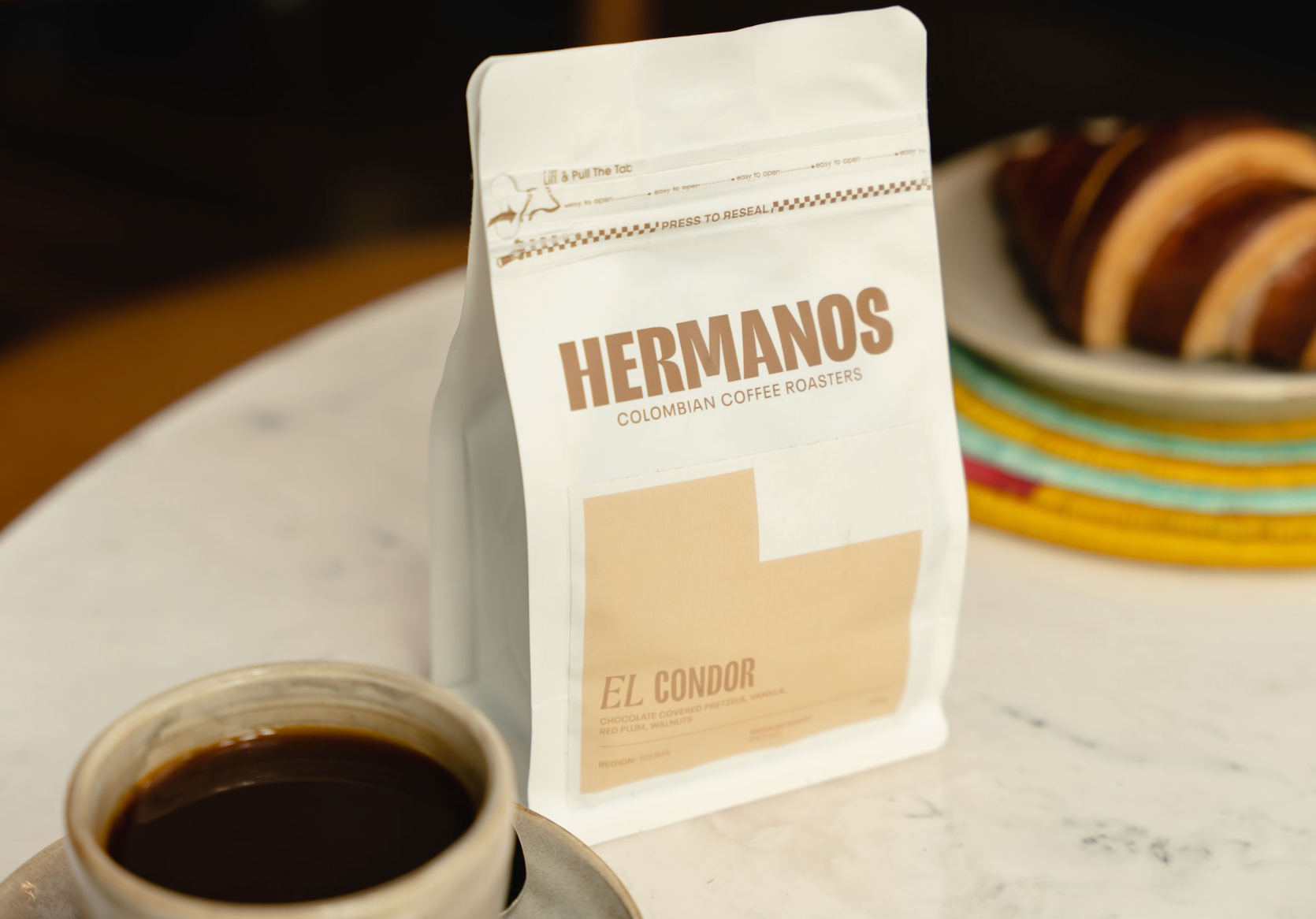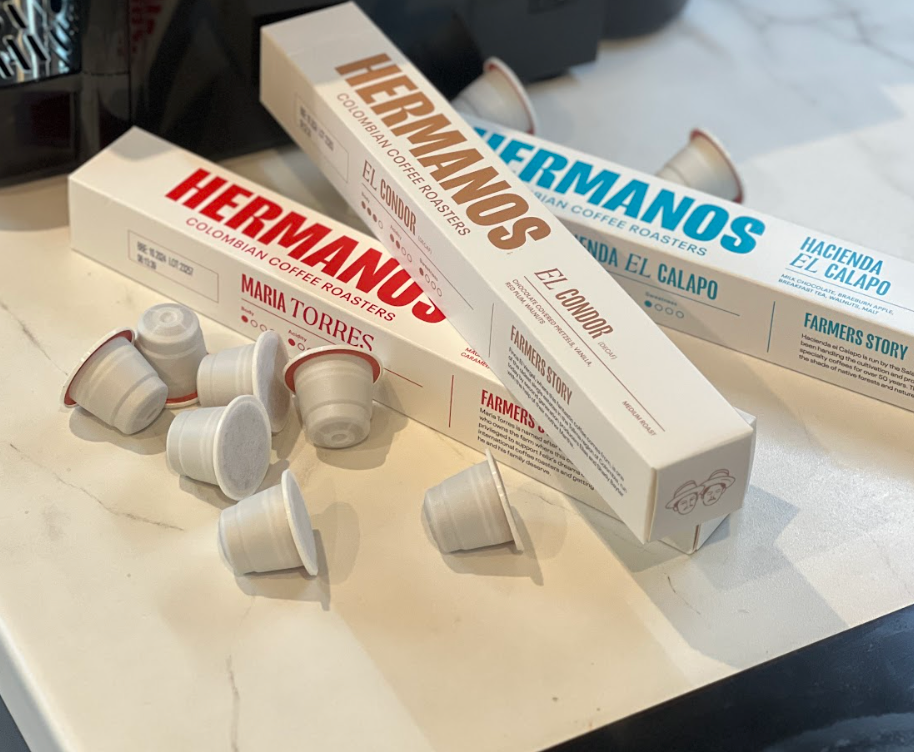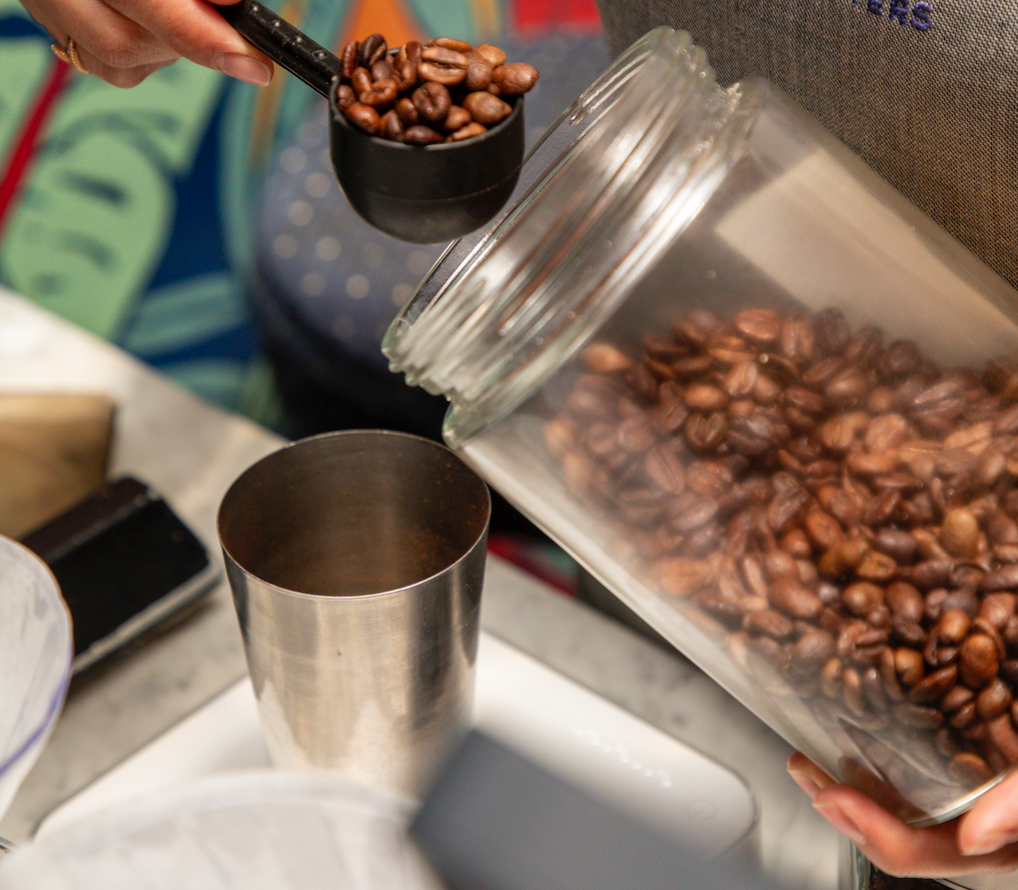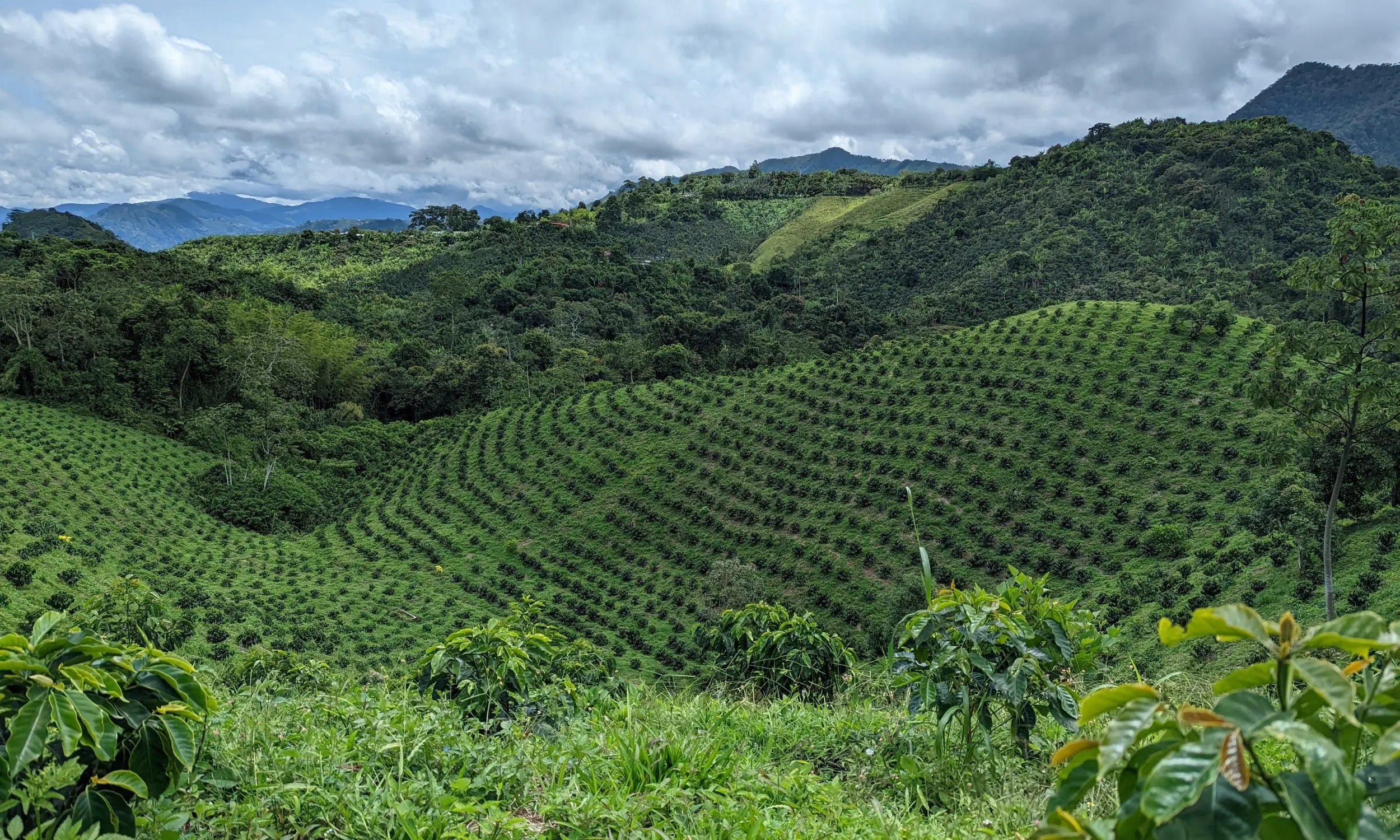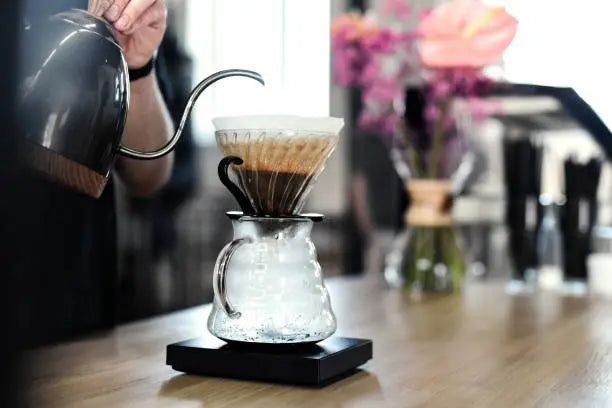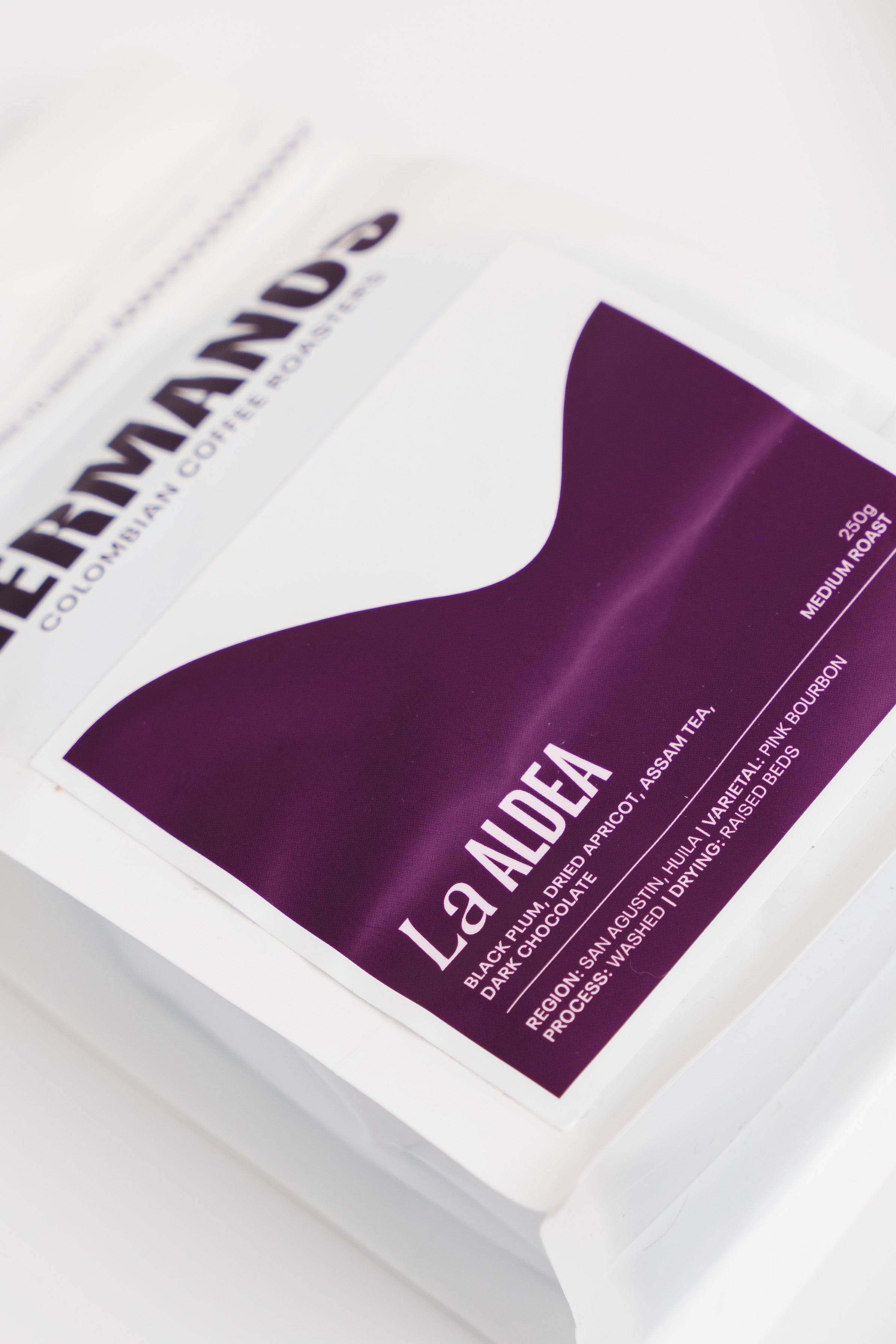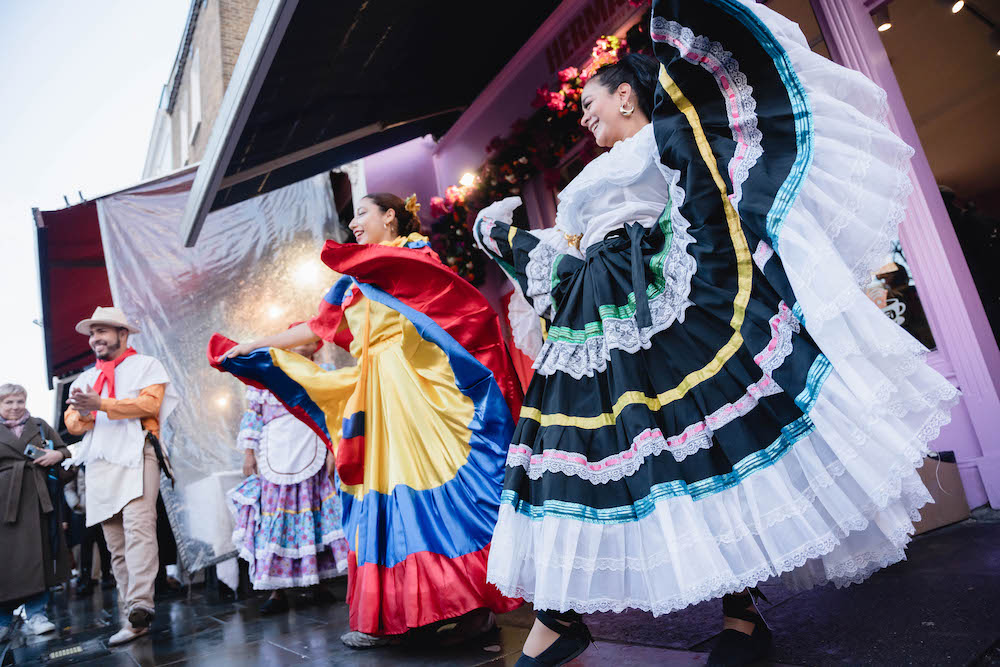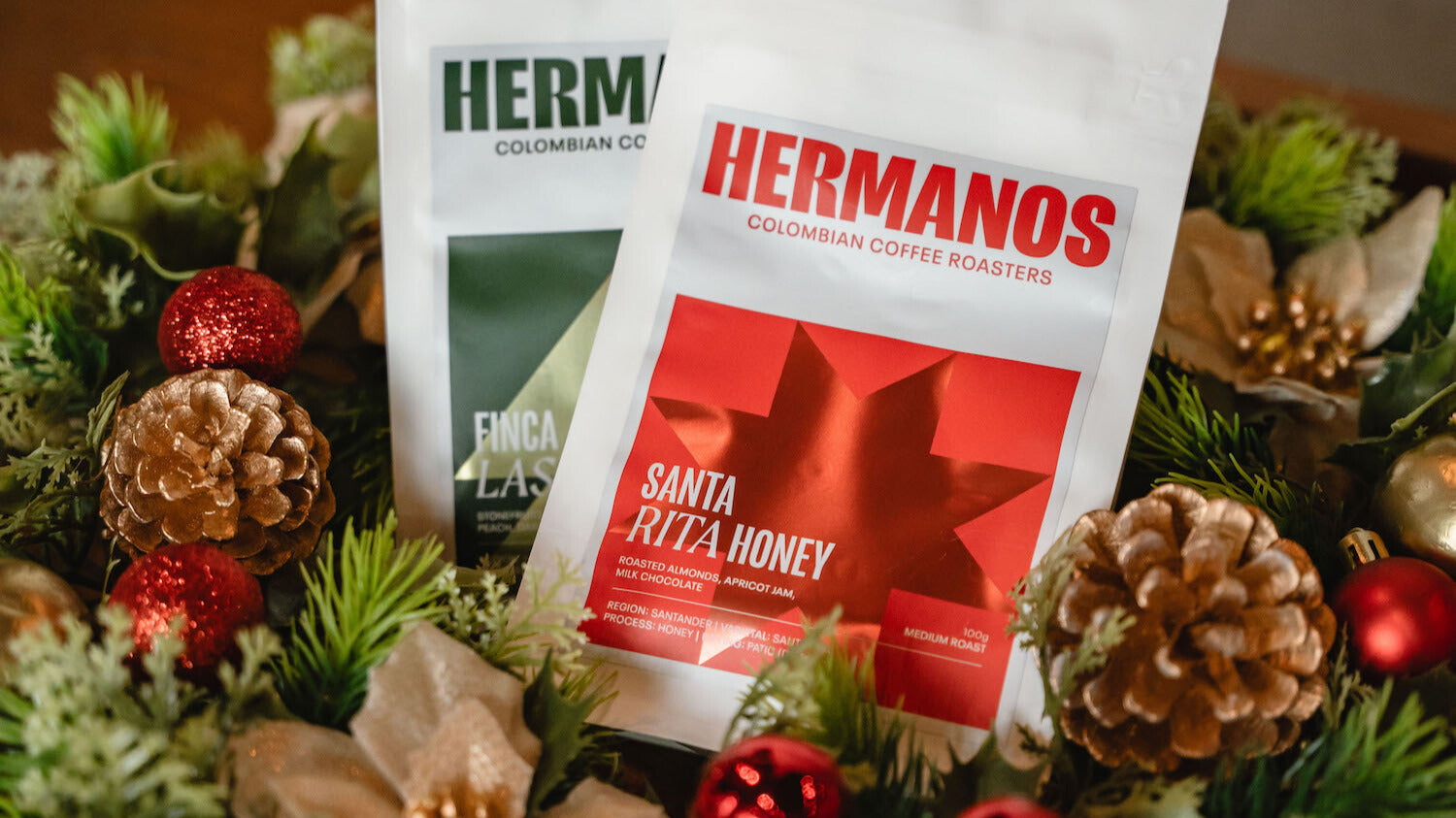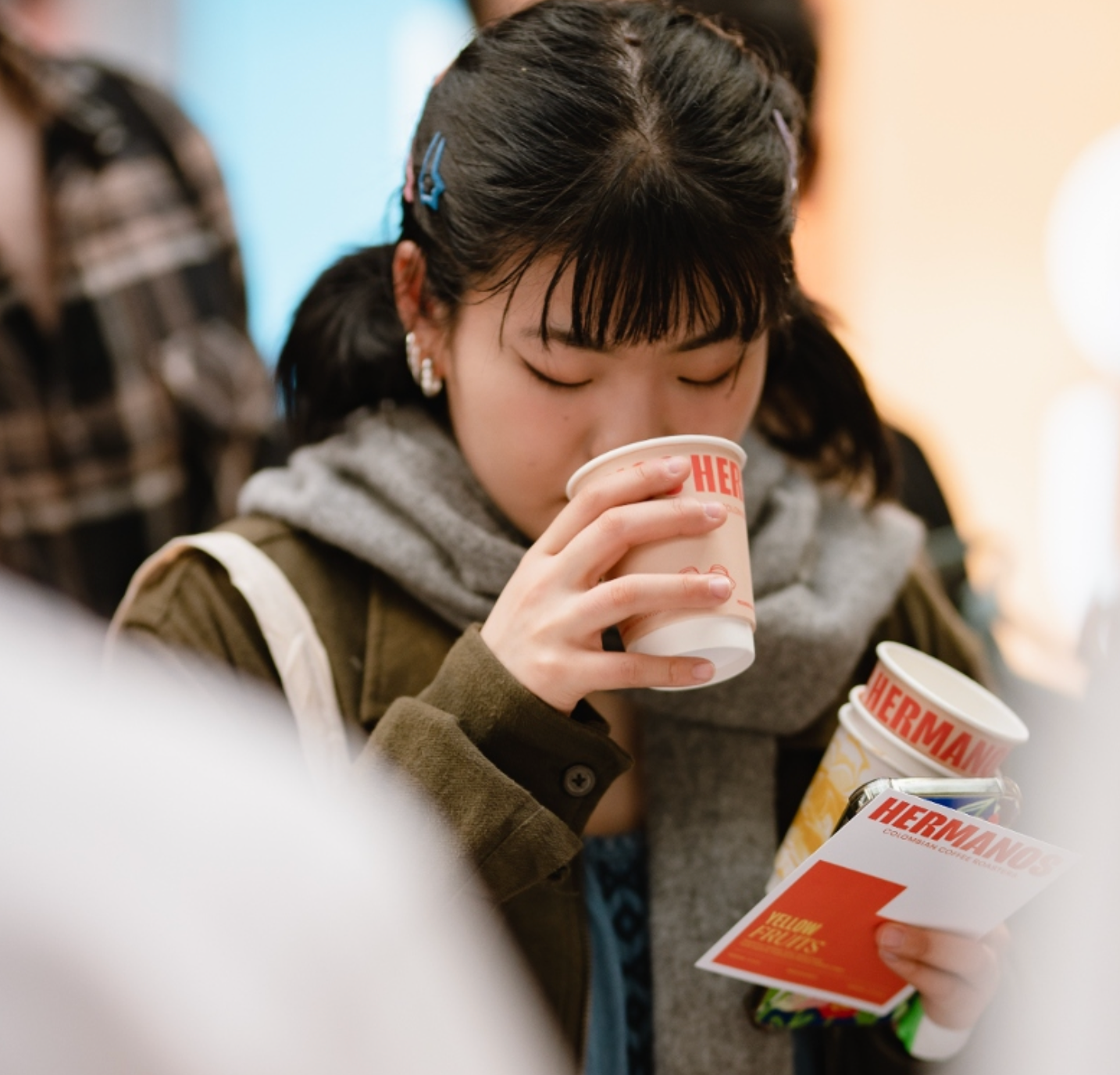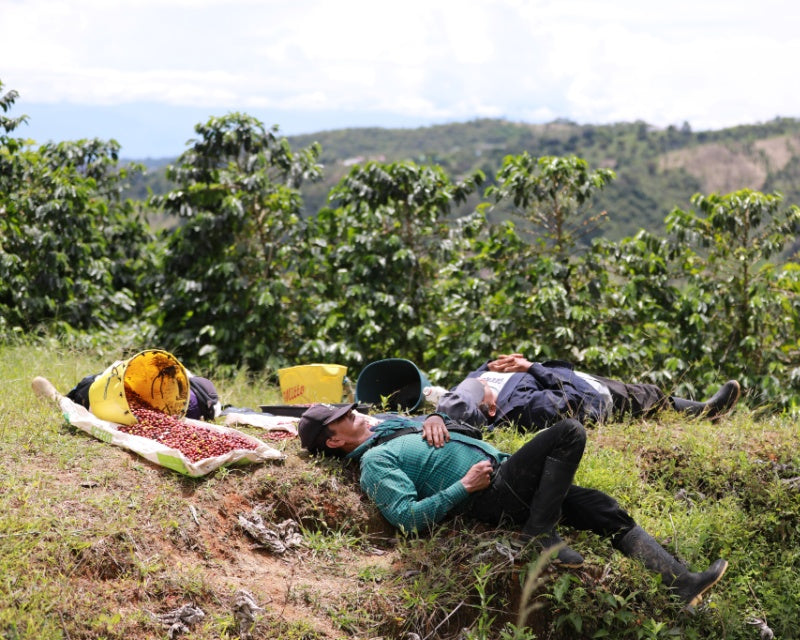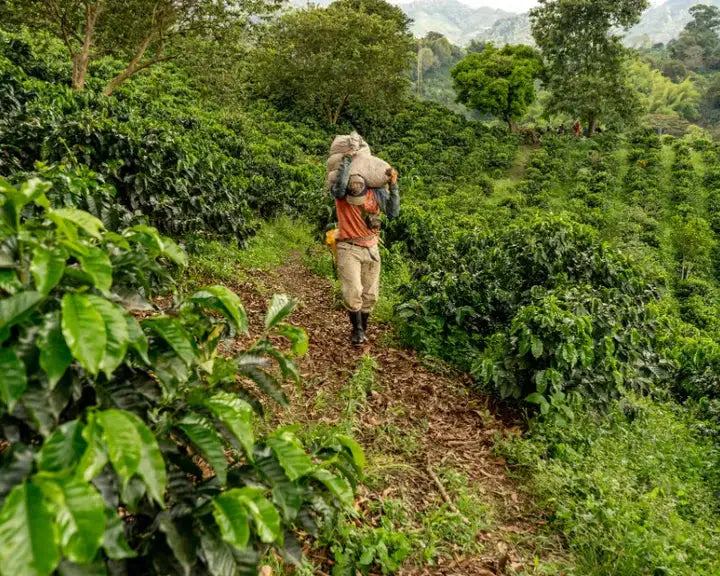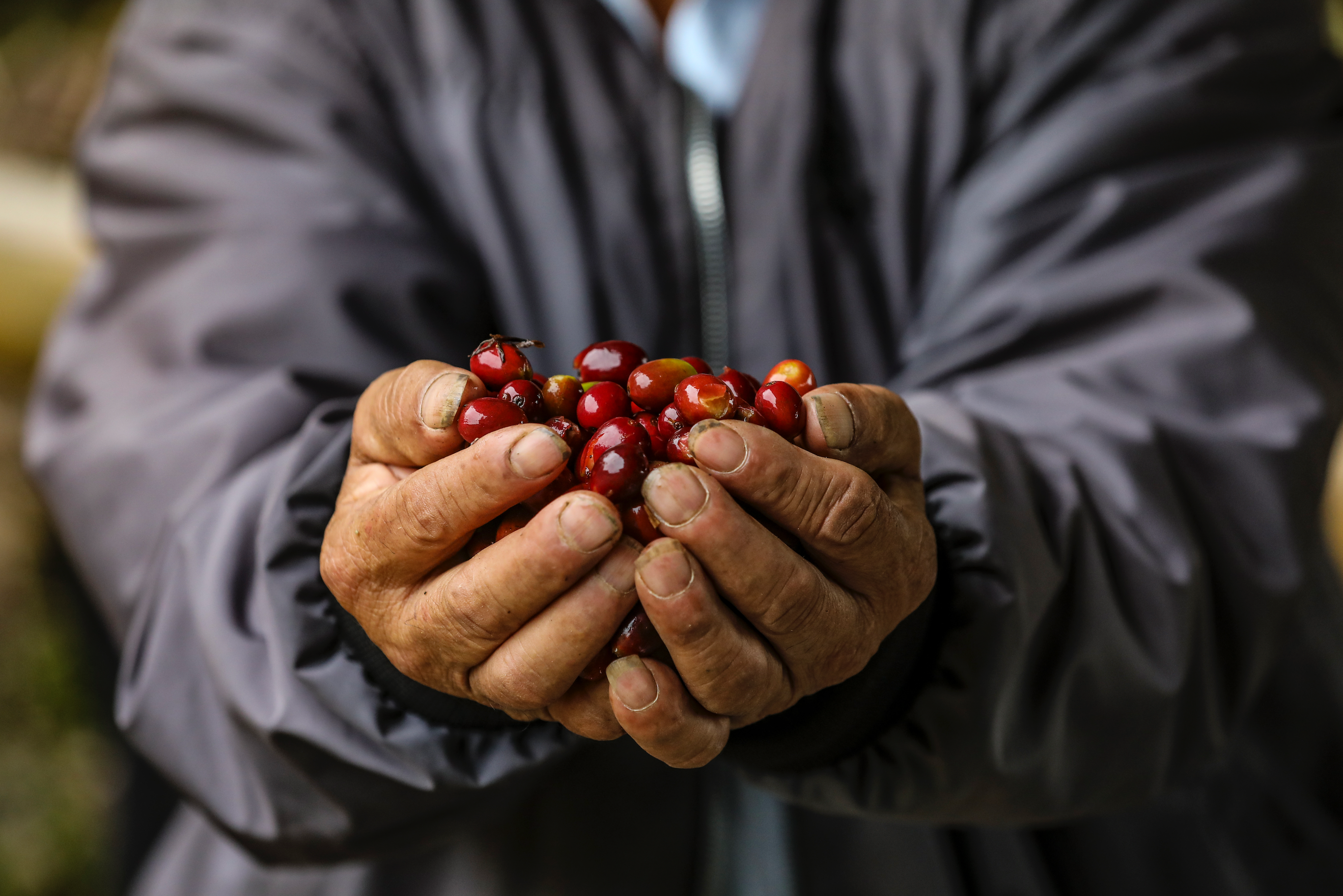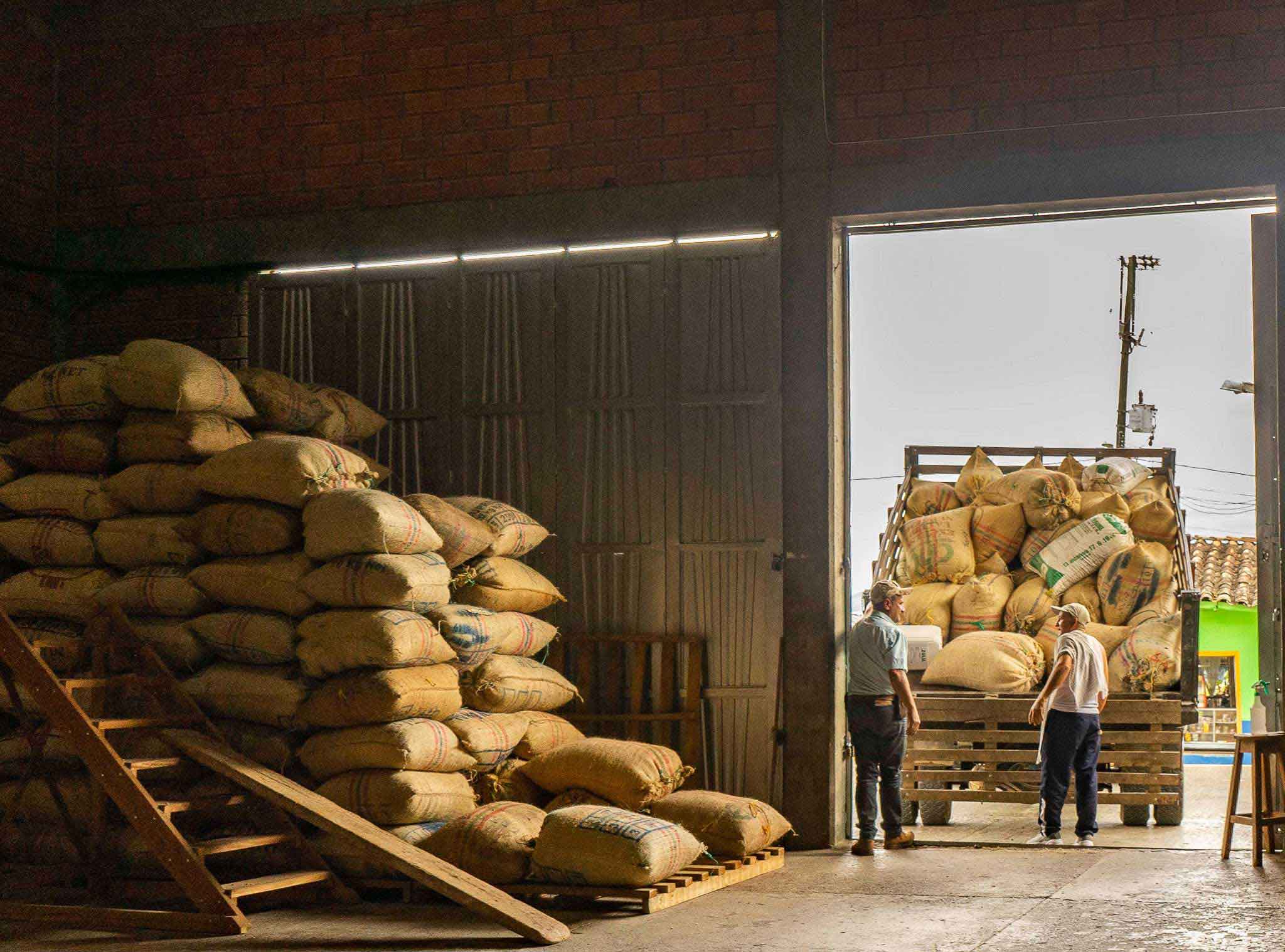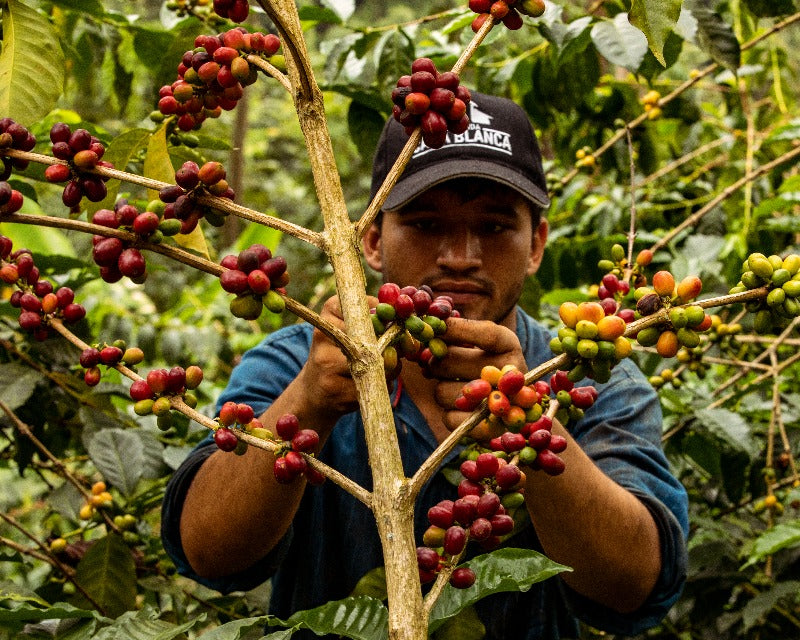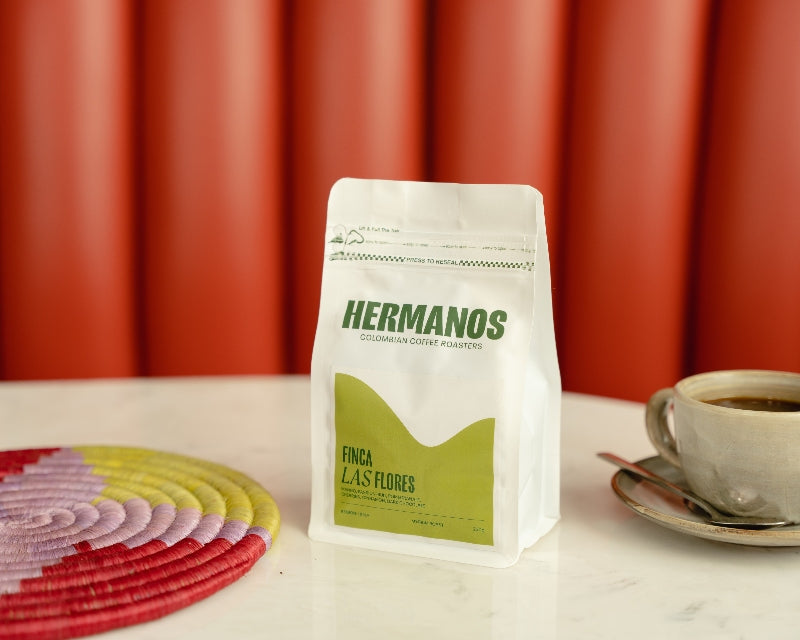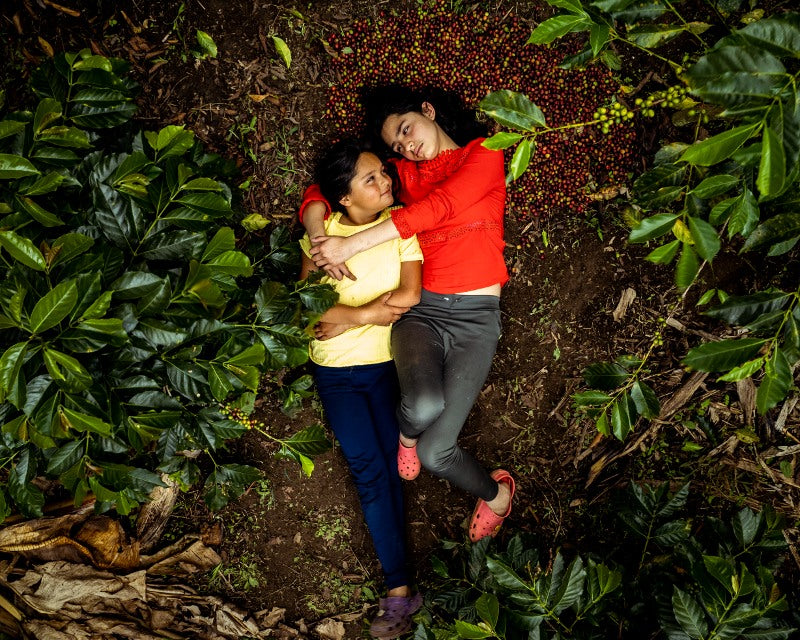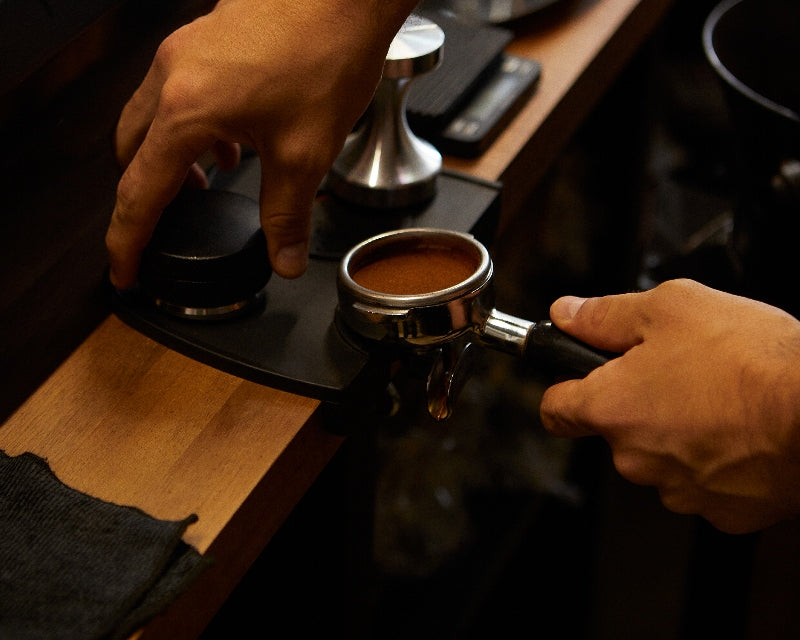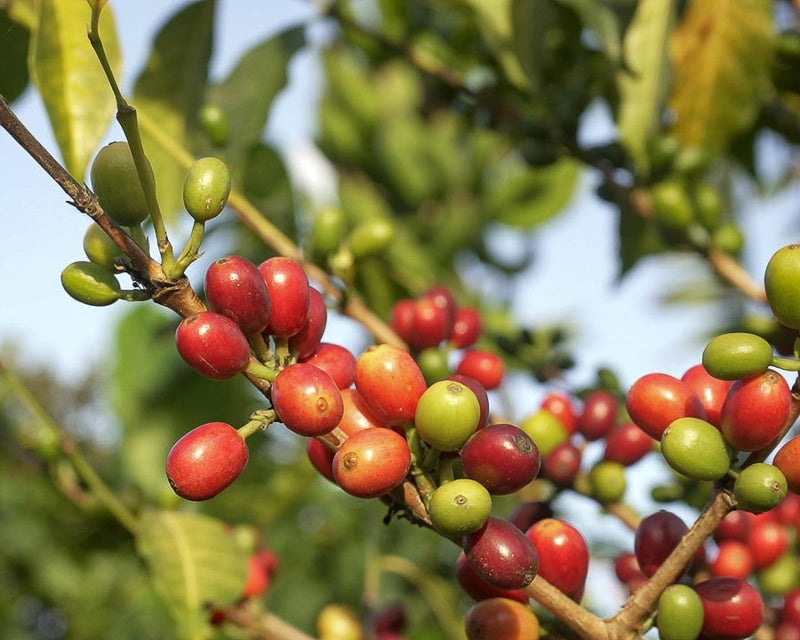Everyone knows that coffee is a great thing. But too much of any great thing can lead to something not so great - in this case - caffeine overload.
That’s where decaf comes in.
Perfect for those who can’t handle or are looking to reduce their caffeine intake, decaf provides you the incredible taste of coffee without any side effects.
Fun fact: Only around 97% of caffeine is removed so technically, even decaf isn’t completely caffeine-free.

How was it discovered?
Ludwig Roselius, a coffee merchant, pioneered the decaffeination process and started selling decaf commercially in 1906.
During a chance incident, he discovered that a shipment of beans soaked in seawater had lost most of the caffeine while retaining their flavour.
However, the seawater did impart an unpleasant salty tang. Ludwig continued to experiment and found that by steaming the beans with different acids and using benzene as a solvent, caffeine could be removed.
Benzene was later found to be carcinogenic so other solvents and methods were explored.
Common decaffeination methods in specialty coffee
Sugarcane Processing:
This is also referred to as ‘Natural Decaf’.
A fairly rare method and most commonly used in Colombia, this process involves fermenting sugarcane, which creates Ethanol Acetate (EA). EA is a natural organic compound that is commonly found in fruits like pineapples, oranges, and bananas.
Next, the beans are lightly steamed for 30-40 minutes to expand their pores. They are then rinsed in a combination of EA from the sugarcane and water for around 10 hours. After this, more water and steam are introduced to ensure caffeine and unwanted residues are thoroughly removed.
Sugarcane processing is our preferred decaf method as it preserves most of the original flavours of the bean while adding further complexity to the cup.
The carbon footprint of this coffee is significantly lower than other processes since the beans are processed locally in Colombia, then shipped over to the UK directly.
Swiss Water Process:
Developed in 1933 in Switzerland, this process is chemical-free and relies solely on water and osmosis.
Green coffee beans are soaked in hot water to dissolve caffeine and flavour compounds. We are then left with caffeine-free, flavourless green beans and a solution of caffeine and flavour compounds. This first batch of green beans is discarded.
The remaining solution is filtered through charcoal, removing the caffeine while retaining flavour compounds. This is called Green Coffee Extract (GCE).
GCE is used for the next batch of coffee beans which allows for the preservation of flavour while eliminating caffeine. This produces chemical-free decaf coffee with minimal waste.
Carbon Dioxide (CO2) Method:
Also known as the "sparkling water" method, this is an innovative and environmentally friendly technique for decaffeinating coffee beans.
Green coffee beans are steamed to open their pores and then subjected to pressurised carbon dioxide (CO2) in a controlled environment.
The CO2 acts as a solvent, selectively bonding with caffeine molecules and extracting them from the beans. The CO2 is recaptured and reused in a closed-loop system, thus minimising environmental impact.
This process preserves the beans' original flavours and aromatic compounds to a remarkable extent, resulting in decaf coffee with superior taste and quality compared to traditional chemical methods.
CO2 processing has gained popularity for its sustainable approach and ability to maintain the integrity of coffee's natural flavours.
Preserving the Flavour
Regardless of the method used, the primary challenge of decaffeination lies in preserving the coffee's flavour and aroma.
During the decaffeination process, flavour compounds can also be removed alongside caffeine. Therefore, roasters must ensure that decaffeinated beans undergo rigorous testing and quality control to produce an equally flavorful coffee.
Still with us?
If you’re looking to dabble in the world of decaf, why not try ours? El Condor, our bean of the month for September, promises you an incredible cup with notes of chocolate and walnut. Thanks to sugarcane processing, expect all the flavour with none of the caffeine.
Learn more about it here.

